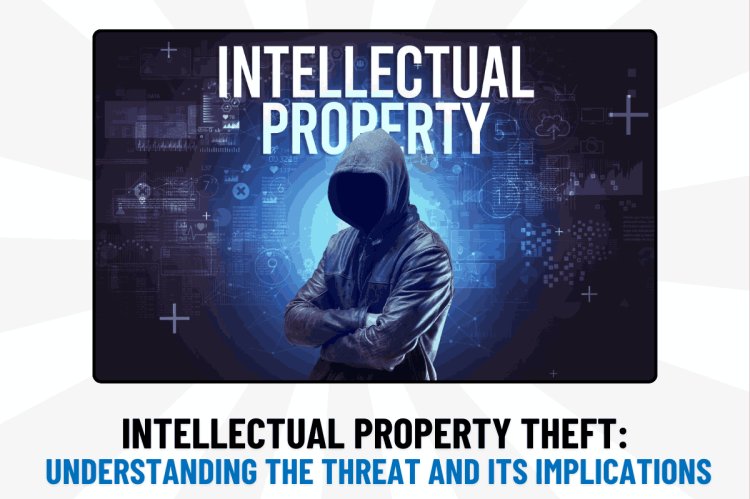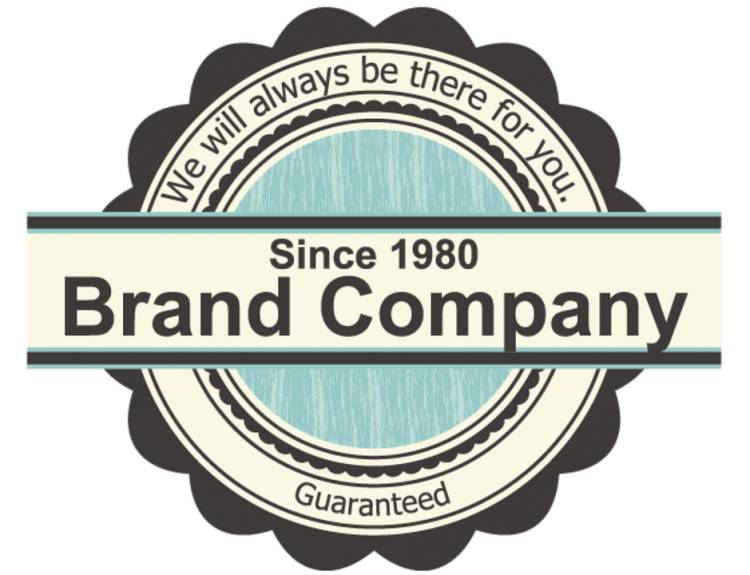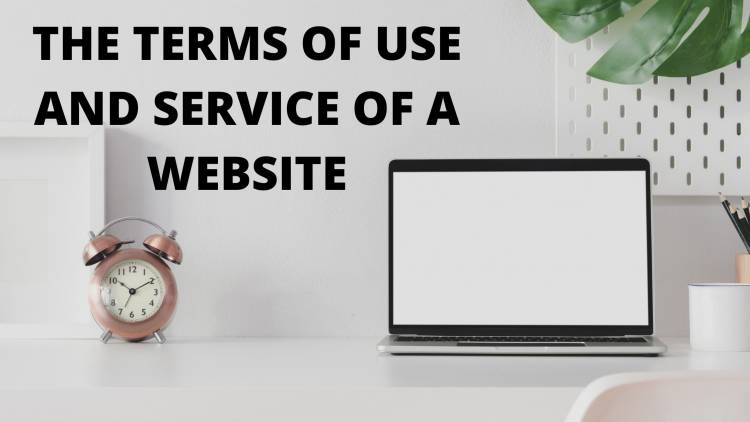Intellectual Property Theft: Understanding the Threat and Its Implications
Intellectual property (IP) theft represents a significant threat to individuals and businesses, undermining the value of innovative ideas and creative works. This violation encompasses the unauthorized appropriation of trademarks, inventions, copyrights, and patents, resulting in serious repercussions for both IP holders and consumers. The implications of IP theft extend beyond mere financial losses, impacting market dynamics, consumer trust, and the overall health of the economy. This paper explores the nature of IP theft, its multifaceted impact on various stakeholders, preventive measures to safeguard intellectual property, and notable case studies that illustrate the far-reaching consequences of this issue.

INTRODUCTION
Intellectual property theft is a serious violation that affects individuals and businesses alike, as it involves the unauthorized appropriation of valuable assets such as trademarks, inventions, ideas, copyrights, and patents. This form of theft not only undermines the rights of creators but also poses significant risks to innovation and economic growth. Intellectual property encompasses a broad range of creations of the mind, including artistic expressions like books, designs, videos, images, music, and symbols. When someone steals these intellectual assets, they deprive the rightful owners of their inventions, innovations, and creative outputs, leading to substantial losses in potential profits and benefits. Understanding the implications of IP theft is crucial, as it highlights the need for robust protective measures to safeguard intellectual property rights, foster creativity, and encourage fair competition in the marketplace.
WHAT IS IP THEFT?
Intellectual property (IP) theft refers to the unauthorized use, exploitation, or outright theft of creative works, ideas, trade secrets, and proprietary information that are safeguarded by intellectual property laws. This form of theft encompasses various instances, including trademark violations, copyright infringement, and patent infringement.
IMPACT OF IP THEFT
The impact of intellectual property (IP) theft extends beyond just the brand owners; it significantly affects consumers as well. Ultimately, IP theft disrupts the balance of a fair market, undermining consumer trust and eroding the overall value of legitimate brands.
Impact on consumers
When businesses lose revenue due to IP theft, they may cut costs, which can lead to reduced quality and innovation in products and services. Consumers may find themselves receiving subpar products that fail to meet safety standards or perform as expected. Additionally, they face the risk of purchasing counterfeit or inferior goods, which can compromise their safety and satisfaction. This not only diminishes their overall experience but also perpetuates a cycle of supporting illegitimate products, further harming reputable brands and the integrity of the market.
Impact on IP holder
Intellectual property (IP) theft has profound repercussions for IP holders, affecting their ability to operate effectively in the market. One of the most immediate effects is the loss of customer trust; when consumers encounter counterfeit or inferior products, they may associate these negative experiences with the legitimate brand, diminishing its credibility. This reputational damage can take years to repair and often leads to a decline in customer loyalty.
Furthermore, IP theft can result in a significant reduction in sales and hinder business growth. As competitors exploit stolen ideas and innovations, IP holders may struggle to maintain market share, leading to financial losses and stagnation. The loss of competitive advantage is another critical consequence, as businesses that invest heavily in research and development may find their unique offerings diluted by imitation products.
Additionally, IP holders face increased legal exposure and the potential for costly lawsuits. Engaging in legal battles to protect their intellectual property can drain resources and divert attention from core business operations. Overall, the negative impact on business growth is compounded by these challenges, forcing IP holders to allocate time and finances to safeguarding their assets rather than pursuing new opportunities and innovations.
HOW TO PRIVENT IP THEFT?
Intellectual property (IP) theft can result in significant financial losses and harm to the reputation of the original creator or owner. Therefore, safeguarding IP from such threats should be a top priority for owners and creators. Here are some measures to prevent IP theft:
- Register Intellectual Property: While registration may not be mandatory, it is a crucial step that provides legal protection for the owner. Without registering their IP, owners cannot enforce their legal rights or seek damages in case of infringement.
- Education and Awareness: Raising awareness among employees, partners, and relevant stakeholders about IP rights, responsibilities, and the consequences of theft is vital. Training employees on best practices for securing sensitive information and identifying potential threats can effectively prevent IP theft.
- Strengthen Company Policies: Establish strict regulations for IP protection and impose severe penalties for violators. Limit access to confidential data to a select group of authorized personnel to enhance security.
- Non-Disclosure Agreements (NDAs): Drafting NDAs is essential as they create a legal obligation for all parties involved to keep sensitive information and trade secrets confidential.
- Monitor Competitors: Vigilantly observe competitors for any potential infringements of your IP rights. If any suspicious activity is detected, engage in negotiations or legal actions to deter theft.
- Conduct Intellectual Property Audits: Regular audits are necessary to assess existing security measures and identify any vulnerabilities or threats.
- Strengthen Cybersecurity: Protect digital systems and networks with professional cybersecurity software to prevent hacking and cyber-attacks.
- Stay Informed: Keep abreast of trends in IP theft, potential threats, and vulnerabilities, and adjust your security strategy accordingly.
FAMOUSE EXAMPLES
1. Apple and Samsung
Apple and Samsung, two of the largest technology companies globally, are renowned for their smartphones, tablets, and other electronic devices. However, they have also been involved in a prolonged legal dispute regarding intellectual property theft. In 2012, a U.S. court determined that Samsung had violated several of Apple's design patents, resulting in a $1 billion damages award. Since that ruling, the two companies have continued to engage in disputes over IP matters, leading to ongoing litigation in multiple countries worldwide.
2. Louis Vuitton
Louis Vuitton is a prestigious luxury fashion brand celebrated for its high-end handbags, accessories, and clothing. The brand has faced persistent challenges from counterfeiters, with fake versions of its products being sold worldwide. In a recent instance, Chinese authorities confiscated over 130,000 counterfeit Louis Vuitton items valued at nearly $17 million.
3. Pfizer
Pfizer is a pharmaceutical company that produces a range of drugs and medications, including Viagra, the popular erectile dysfunction medication. However, the company has also been the victim of IP theft, with counterfeit versions of Viagra sold around the world. In one example, Chinese authorities seized over 48,000 counterfeit Viagra pills worth nearly $2.6 million.
Counterfeit drugs can be dangerous and even deadly, as they may contain unknown or harmful ingredients. Additionally, the sale of counterfeit drugs can harm Pfizer's reputation and erode consumer trust in the company's products.
CONCLUSION
In an increasingly interconnected world, the protection of intellectual property is more crucial than ever. The implications of IP theft are vast, affecting not only the original creators and businesses but also consumers who may unwittingly purchase counterfeit or inferior products. The financial losses, reputational damage, and erosion of trust associated with IP theft underscore the need for robust protective measures. By implementing effective strategies, such as registration, education, policy enhancement, and vigilant monitoring, IP holders can safeguard their valuable assets and contribute to a fairer and more innovative marketplace. As the examples of Apple, Louis Vuitton, and Pfizer illustrate, the fight against IP theft is ongoing, necessitating vigilance and proactive measures to ensure the integrity of intellectual property rights in our global economy.












